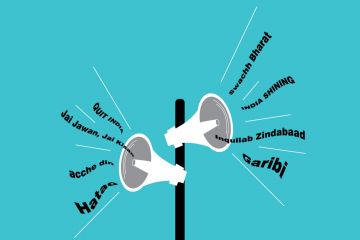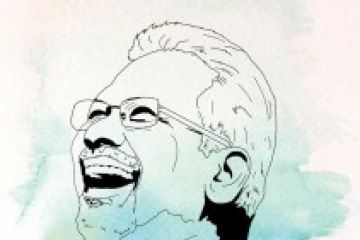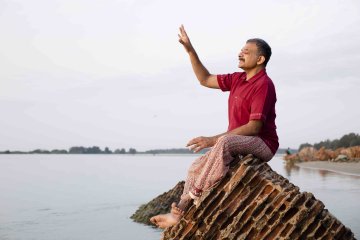
Amitava Kumar’s
latest book, a biography of Patna, is infested with lurid rats. In the opening
chapter of the book A Matter of Rats, Kumar writes that these pesky
rodents lurk in the chthonic underworld and emerge in the night to binge on the
city’s resources and bloat up to be “as big as cats”. The local newspapers also
report on their carnivorous feats and feasts with incidents of babies being
bitten by rats.
The use of rats as a
symbol of ghoulish appetite is not novel.





